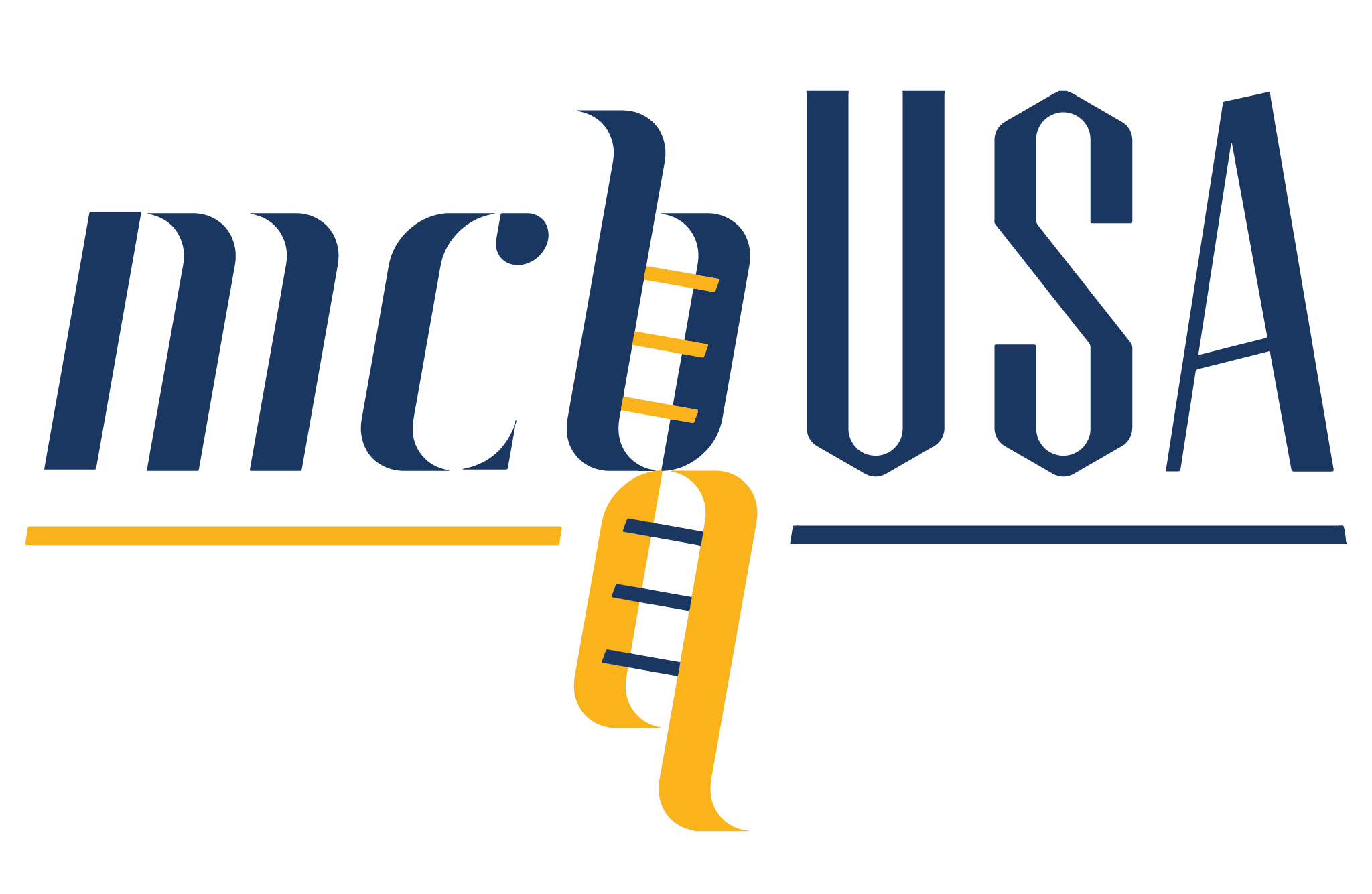John Kuriyan
Organization
MCB
Keywords
protein/nucleic acid interactions, biochemistry, enzyme mechanism, conformational dynamics, CRISPR, prokaryotic adaptive immunity
Project Description
In the context of both prokaryotic immunity and genome editing applications, CRISPR-Cas enzymes such as Cas9/Cas12 are programmed with a “guide RNA” that leads the surveillance complex to a matching DNA sequence, which is immediately cleaved upon stable binding. While the DNA cleavage mechanisms are relatively familiar, the mechanism by which a Cas enzyme quickly locates its target DNA sequence is poorly understood, as the matching sequence is just a single needle in the genomic haystack. Existing data suggest that diverse CRISPR systems have converged on a target search mechanism that involves an initial protein:DNA contact prior to RNA strand invasion, but both the biophysical details and the generalizability of this mechanism are unclear.
This project will use classical biochemical approaches to probe what makes one Cas enzyme faster than another in finding its target. To answer this question, the student will (1) prepare a diverse array of known Cas enzymes, (2) develop an assay to measure target search kinetics, and (3) compare biochemical features of target search in different Cas enzymes. In this project, the student will learn molecular cloning, protein expression and purification, nucleic acid preparation and purification, and various biochemical techniques. Ideally, the student should be interested in continuing research into the academic year (to be discussed at the beginning and end of the summer).
Qualifications
strong quantitative analytical skills, interest in biochemistry/biophysics, intention to take MCB C100A (or similar)
Expected time commitment
20+ hours per week during the summer (flexible, will be discussed in advance), potentially to continue into the academic year
Preferred start time:
flexible (early June)
